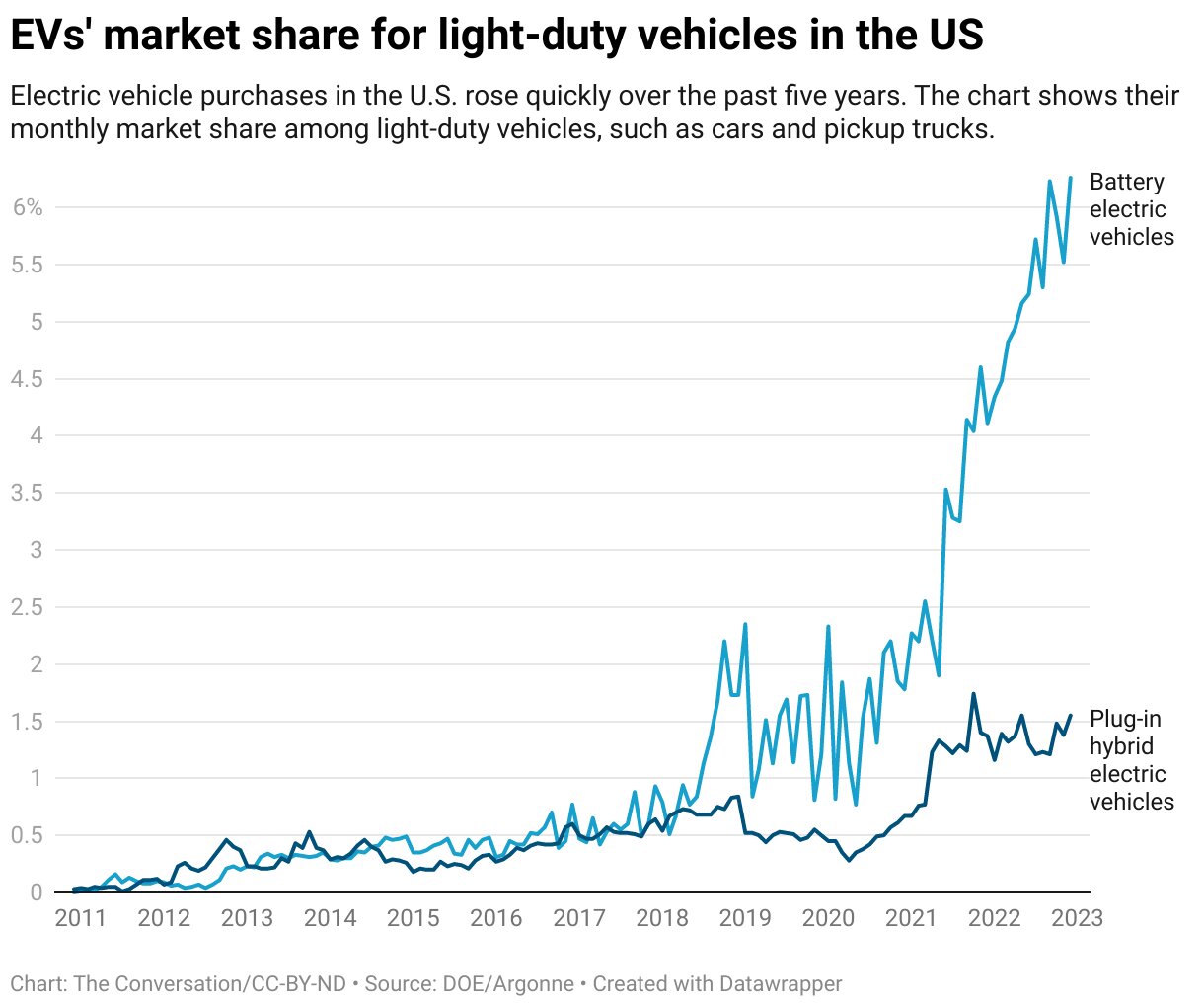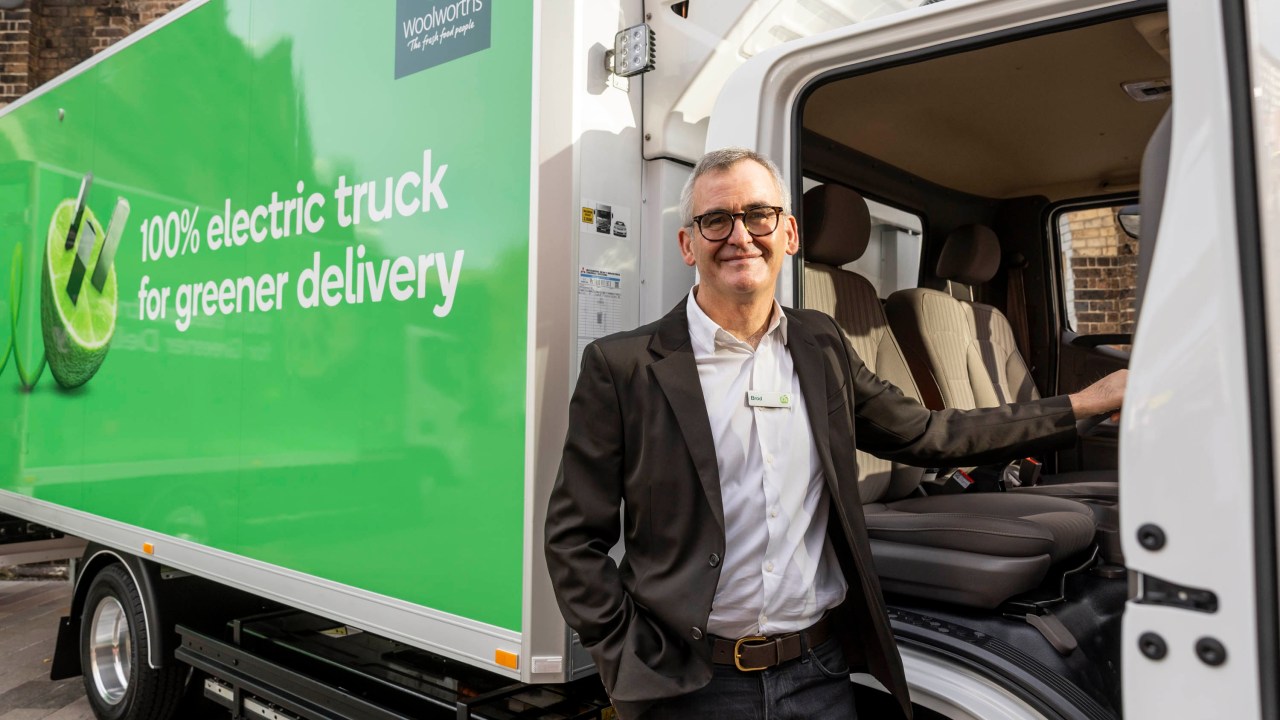Auto Dealerships Push Back Against Proposed EV Sales Quotas

Table of Contents
Financial Concerns and Infrastructure Readiness
Dealerships cite significant upfront investments required to adapt to EV sales, representing a substantial financial burden. These investments include the installation of expensive charging infrastructure and specialized EV technician training, impacting their return on investment (ROI). The transition to selling and servicing electric vehicles is not simply a matter of stocking a new inventory; it requires a fundamental shift in dealership operations and significant capital expenditure.
The current lack of widespread charging infrastructure outside of major metropolitan areas poses a significant hurdle to EV adoption, impacting both consumer demand and dealer profitability. Consumers hesitant to purchase EVs due to range anxiety are less likely to be swayed by mandatory quotas. This creates a double bind for dealerships, facing pressure to meet quotas while simultaneously confronting low consumer demand in many areas.
Profit margins on EVs are currently lower than those on gasoline-powered vehicles, leading to concerns about reduced profitability for dealerships. This disparity is due to a variety of factors, including the higher cost of EV batteries and the competitive pricing landscape for electric vehicles.
- High cost of installing Level 2 and DC fast charging stations. The upfront investment for these charging installations can be substantial, particularly for dealerships in smaller towns or rural areas with limited electricity grid capacity.
- Need for specialized tools and training to service EV batteries and electric powertrains. EV mechanics require specialized knowledge and equipment, necessitating significant training investments for dealership staff.
- Uncertainty surrounding future EV demand and its impact on inventory management. The volatile nature of the EV market makes accurate forecasting of consumer demand incredibly difficult, posing challenges for inventory management and potentially leading to financial losses.
Consumer Demand and Market Readiness
Dealerships argue that consumer demand for EVs is not yet high enough to justify mandatory quotas, highlighting persistent issues like range anxiety, charging time, and the higher initial purchase price of EVs. While EV technology is advancing rapidly, these concerns remain substantial barriers for many potential buyers. In many regions, a lack of convenient charging solutions further exacerbates range anxiety, impacting consumer confidence in electric vehicles.
A significant portion of the population lives in areas with limited access to charging infrastructure, impacting potential EV buyers. This disparity in infrastructure development between urban and rural areas creates an uneven playing field, making EV ownership significantly more challenging for those living outside of major cities.
Educating consumers about EV technology and dispelling common misconceptions remains a challenge. The lack of widespread understanding about EV maintenance, charging processes, and battery longevity hinders consumer adoption, creating the need for significant investment in public education campaigns.
- Limited availability of affordable EVs. While prices are coming down, many EVs remain out of reach for budget-conscious consumers.
- Concerns about battery lifespan and replacement costs. Uncertainty around battery longevity and the high cost of battery replacement are significant hurdles to overcome.
- Lack of consumer awareness about government incentives for EV purchases. Many potential buyers remain unaware of the financial incentives available to support EV purchases, highlighting the need for improved communication from both government and automotive industries.
The Impact of Quotas on Dealership Viability
Dealerships fear that failing to meet EV sales quotas could lead to penalties, fines, or even license revocation, threatening the viability of many smaller dealerships. This could trigger job losses and negatively impact local economies, particularly in communities that rely heavily on the automotive sector for employment and economic stability. The pressure to meet these quotas may also lead to unfair competition among dealerships, creating a potentially unstable and unsustainable market.
Alternative Solutions for Increased EV Adoption
Dealerships suggest exploring alternative approaches to increase EV adoption, such as government-backed incentive programs, increased investment in charging infrastructure, and targeted consumer education campaigns. A collaborative approach that involves all stakeholders is essential to ensuring a smooth and successful transition to electric vehicles.
A gradual phase-in of EV sales quotas, allowing for a more manageable transition, could mitigate many of the concerns raised by the dealerships. This phased approach would allow the market to adjust to the increasing adoption of electric vehicles, providing a more sustainable path toward achieving emission reduction targets.
Collaboration between government agencies, automakers, and dealerships is crucial to fostering a successful transition to electric mobility. Open dialogue and a shared understanding of the challenges and opportunities will be essential to ensuring a positive outcome for all parties involved.
- Tax credits and rebates for EV purchases. Financial incentives can significantly stimulate consumer demand for electric vehicles.
- Public-private partnerships to expand charging infrastructure. Collaboration between government and private industry is crucial for developing a comprehensive and reliable charging network.
- Government-funded educational initiatives about EV technology. Public education campaigns can address consumer concerns and misconceptions, fostering greater confidence in electric vehicles.
Conclusion
The pushback from auto dealerships against proposed EV sales quotas underscores the complex challenges involved in transitioning to a fully electric transportation system. While the goal of reducing carbon emissions is laudable, a collaborative approach that addresses the financial concerns, infrastructure limitations, and consumer adoption challenges is critical. Ignoring the valid concerns raised by dealerships could have far-reaching negative consequences for the automotive industry and the economy. Finding a balance between promoting sustainable transportation and ensuring the viability of dealerships is key to a successful future for electric vehicles and the entire auto industry. A reasoned discussion about flexible implementation of EV sales quotas is urgently needed to ensure a smooth transition and prevent unintended negative impacts on the market. Let's work together to find a sustainable solution for increased EV adoption.

Featured Posts
-
 The Goldbergs Recurring Jokes And Catchphrases Explained
May 21, 2025
The Goldbergs Recurring Jokes And Catchphrases Explained
May 21, 2025 -
 Tyler Bate Back On Wwe Raw What To Expect
May 21, 2025
Tyler Bate Back On Wwe Raw What To Expect
May 21, 2025 -
 The Goldbergs Evolution Of The Show And Its Enduring Appeal
May 21, 2025
The Goldbergs Evolution Of The Show And Its Enduring Appeal
May 21, 2025 -
 La Fire Aftermath Landlord Price Gouging Under Scrutiny
May 21, 2025
La Fire Aftermath Landlord Price Gouging Under Scrutiny
May 21, 2025 -
 Ekdilosi Gia Ti Megali Tessarakosti Stin Patriarxiki Akadimia Kritis
May 21, 2025
Ekdilosi Gia Ti Megali Tessarakosti Stin Patriarxiki Akadimia Kritis
May 21, 2025
Latest Posts
-
 The Role Of Goalkeeping In Liverpools Victory An Arne Slot Analysis
May 22, 2025
The Role Of Goalkeeping In Liverpools Victory An Arne Slot Analysis
May 22, 2025 -
 Liverpool Vs Psg Arne Slots Assessment Of Alisson Beckers Performance
May 22, 2025
Liverpool Vs Psg Arne Slots Assessment Of Alisson Beckers Performance
May 22, 2025 -
 Arne Slots Perspective Liverpools Victory And Goalkeeping Prowess
May 22, 2025
Arne Slots Perspective Liverpools Victory And Goalkeeping Prowess
May 22, 2025 -
 Was Liverpool Lucky To Beat Psg Arne Slots Tactical Analysis
May 22, 2025
Was Liverpool Lucky To Beat Psg Arne Slots Tactical Analysis
May 22, 2025 -
 Building A Food Business In Louth Lessons From A Young Entrepreneur
May 22, 2025
Building A Food Business In Louth Lessons From A Young Entrepreneur
May 22, 2025
